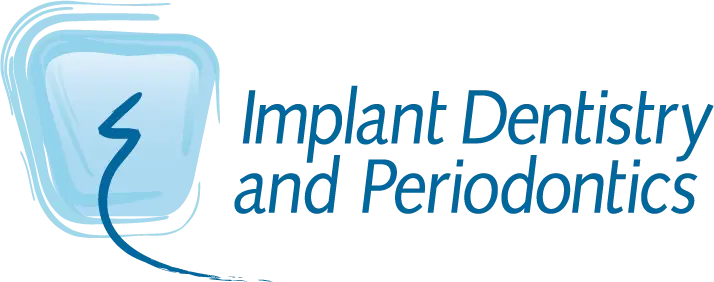What is the Difference between LAPIP and LANAP?
LAPIP, or Laser-Assisted Peri-Implantitis Procedure, and LANAP, or Laser Assisted New Attachment Procedure, are both innovative protocols in the field of dentistry. They both leverage laser technology to treat gum disease, but they are used in different contexts and for different purposes.
LANAP is a procedure designed to treat periodontitis, a severe form of gum disease that affects natural teeth. Periodontitis is an inflammatory disease that can lead to the destruction of the supporting tissues of the teeth, including the gums, periodontal ligament, and alveolar bone. If left untreated, periodontitis can lead to tooth loss. The LANAP procedure involves the use of a dental laser to remove infected gum tissue while preserving healthy tissue. The laser is also used to kill bacteria and stimulate the growth of new tissue, promoting healing and helping to reattach the gums to the teeth. This procedure is a minimally invasive alternative to traditional surgical treatments for gum disease, providing patients with a more comfortable experience and faster recovery times.
On the other hand, LAPIP is a similar protocol designed specifically for treating peri-implantitis, a condition that affects dental implants. Dental implants are artificial tooth roots that are placed into the jawbone to replace missing teeth. Peri-implantitis is characterized by inflammation and bone loss around a dental implant, which can lead to implant failure if not treated. Like LANAP, the LAPIP procedure uses a dental laser to remove infected tissue and promote healing. However, the procedure is tailored to the unique challenges of treating disease around a dental implant, which can differ from treating natural teeth.
While both procedures use similar technology and techniques, the key difference lies in their applications. LANAP is used for treating periodontitis around natural teeth, while LAPIP is used for treating peri-implantitis around dental implants. Both procedures offer a minimally invasive alternative to traditional surgical treatments for gum disease, providing patients with a more comfortable experience and faster recovery times.
In addition to their different applications, LAPIP and LANAP also differ in their treatment outcomes. Studies have shown that both procedures are effective in treating their respective conditions and promoting the regeneration of healthy tissues. However, the LAPIP procedure has been shown to be particularly effective in treating peri-implantitis and preventing implant failure. This is a significant advantage, as dental implants are a popular and effective solution for replacing missing teeth, and their success is crucial for the patient’s oral health and quality of life.
Both LAPIP and LANAP represent significant advancements in the field of dentistry, offering effective, patient-friendly solutions for treating gum disease. By leveraging laser technology, these procedures not only treat the disease but also promote the regeneration of healthy tissues, offering a promising solution for patients. Whether a patient is dealing with periodontitis affecting their natural teeth or peri-implantitis threatening their dental implants, these laser-assisted procedures provide a cutting-edge approach to treatment. They are a testament to the ongoing advancements in dental technology and the commitment of dental professionals to providing the best possible care for their patients.
